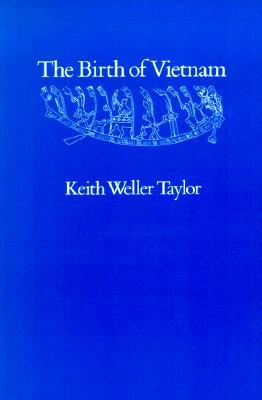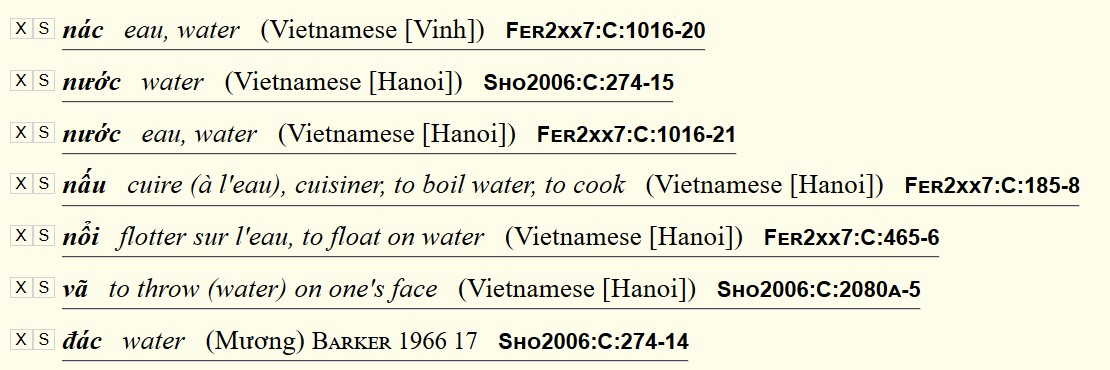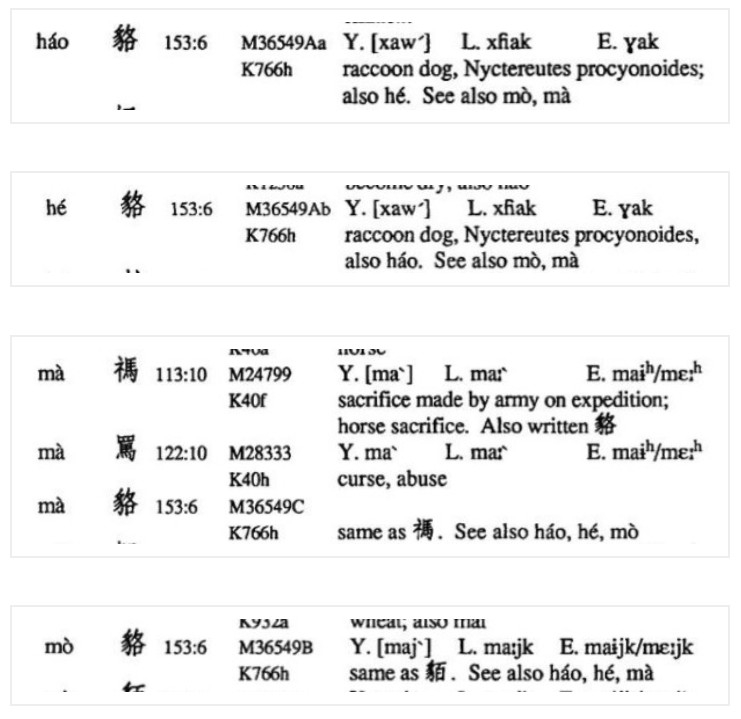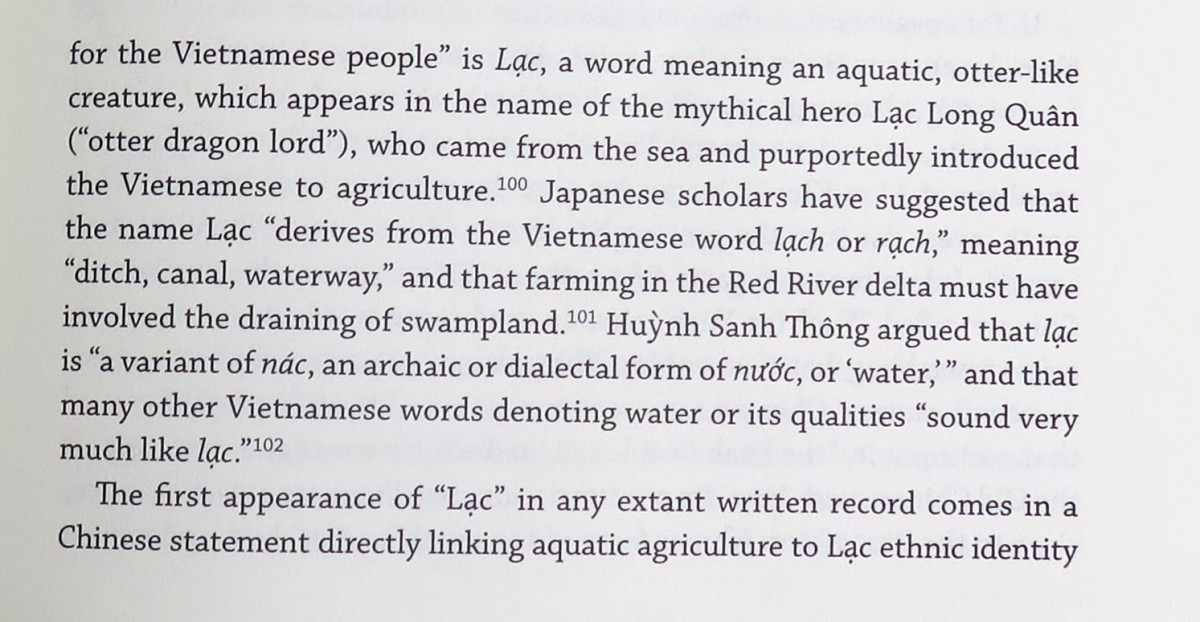In his 1983 work, The Birth of Vietnam, Keith Taylor argued that Vietnamese “mythical traditions. . . reveal a sea-oriented culture coming to terms with a continental environment. Civilization arrived with a culture hero from the sea. . .” (1)
The “culture hero” that Taylor was referring to here is Lạc Long Quân, a “mythical” figure that first appeared in the fifteenth century Lĩnh Nam chích quái liệt truyện 嶺南摭怪列傳 (Arrayed Tales of Selected Oddities from South of the Passes) and in abridged form in the fifteenth-century history, the Đại Việt sử ký toàn thư 大越史記全書 (The Complete Book of the Historical Records of Đại Việt).

The Arrayed Tales does not actually say that Lạc Long Quân came “from the sea.” Instead, it refers to him as inhabiting a “water palace” (thủy phủ 水府). In the Chinese literary tradition this is a very common term that refers to a place where a water spirit lives.
The Complete Book likewise does not say that Lạc Long Quân arrived from the sea. In fact, it doesn’t say where he came from at all.
Both texts say that his mother was the daughter of “Lord Động Đình/Dongting,” and given that these texts go on to talk about a kingdom that was supposedly established by one of Lạc Long Quân’s sons that reached Lake Động Đình/Dongting in the north, it makes more sense to see the geographic area that this story is talking about as the area of what is now southern China, south of the Yangzi River.
The only reference to the sea in relation to Lạc Long Quân is in a comment that was added to the Complete Book at some point after the fourteenth century, but before the text was published in the late seventeenth century. The main text says that in the end Lạc Long Quân went to “dwell in the south.” A comment was added here which says, “‘Dwell in the south’ is [i.e., should be] ‘return to the Southern Sea.’” (居南作歸南海。)
This is very weak evidence for the existence of “a sea-oriented culture.” It is therefore not surprising to see that in his new survey of Vietnamese history, A History of the Vietnamese, Taylor no longer makes this point, and he also does not attempt to use fifteenth-century stories to talk about the first millennium BCE.

In contrast to Taylor’s new book, Ben Kiernan’s just-published Việt Nam: A History from Earliest Times to the Present, promotes a similar theme as Taylor’s earlier book and uses the same “evidence” to argue that Vietnam “has long possessed an aquatic culture.” (7) A summary of his ideas on this topic can be found here.
Kiernan cites pages 1 and 10 of Taylor’s The Birth of Vietnam to argue that “Indeed, ‘the earliest recorded name for the Vietnamese people is Lạc, a word meaning an aquatic, otter-like creature, which appears in the name of the mythical hero Lạc Long Quân (“otter dragon lord”), who came from the sea and purportedly introduced the Vietnamese to agriculture.” (40-41)
Perhaps it is because my eyesight is bad, but while I do see the quoted phrase on page 10, I do not see any reference to an “otter-like creature” on pages 1 or 10 of that book. However, I do recall Taylor saying that somewhere.
In any case, Kiernan links the term “Lạc” that appears in the name Lạc Long Quân to the fact that an early Chinese source referred to fields in the Red River Delta that made use of water as “lạc fields” (lạc điền 雒田). He then cites an undocumented claim that the late Huỳnh Sanh Thông made that “lạc is ‘a variant of nác, an archaic or dialectical form of nước,” (41) which means “water,” in an effort to show that this term “lạc” can be seen to symbolize the supposed “aquatic culture” of the Vietnamese.

There is a big difference between saying a word is “archaic” or that it is “dialectical.” Huỳnh Sanh Thông did not provide any linguistic evidence to support his claim that nác might be archaic. This dictionary here indicates that it is dialectical, from the area of Vinh.
Huỳnh Sanh Thông likewise did not provide any linguistic evidence to support his claim that “lạc” is a variant of nác.
While Huỳnh Sanh Thông may have possessed many other talents, he was not an historical linguist.

As for the “Lạc” in “Lạc Long Quân,” in the fifteenth century when the name “Lạc Long Quân” first appeared in texts, the character that was used to record the name “Lạc” in “Lạc Long Quân” was different from the character that was used in the early Chinese text that referred to “lạc fields.”
As I pointed out in 2010, the character that was used in the Arrayed Tales and Complete Book was 貉, which can be pronounced “hao,” “he,” or “mo” in modern Chinese or “hạc,” “mạch,” or “mạ” in Vietnamese. Why do people refer to this medieval scholarly invention as “Lạc” Long Quân rather than “Hạc” Long Quân is a question that has not been answered, or even asked all that much as far as I can tell.
What is perfectly clear, however, is that this character definitely does not refer to “an aquatic, otter-like creature.”

The Kangxi Dictionary says that it is “like a fox with a pointed head, sharp nose, and is spotted in color. Its hair is warm and soft and can be used for fur coats.” There is no mention of this animal being in any way associated with water.
I don’t think people in the Red River Delta in the past had much need for fur coats, but people far to the north of there did, which is probably why Chinese writers used this character in names for certain “northern barbarians.” Using the pronunciation “mo” for this character, certain northern tribes were referred to as the “Mo Barbarians” 貉狄 or the “Northern Mo” 北貉.
Somewhere along the line Keith Taylor appears to have realized this, as there are no aquatic, otter-like creatures in his new A History of the Vietnamese.
My guess is that they must have all happily migrated back home to Mongolia where they belong.



This Post Has One Comment
Lạc Long Quân is obviously not an otter but clearly a deified shape-shifting raccoon dog (tanuki) or Asian badger (mujina) originally from Eastern China somewhere. Boy did that trickster play a good one on all of you Vietnamese scholars & historians.